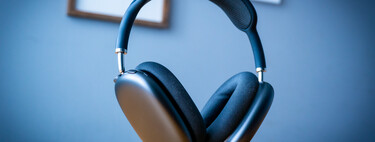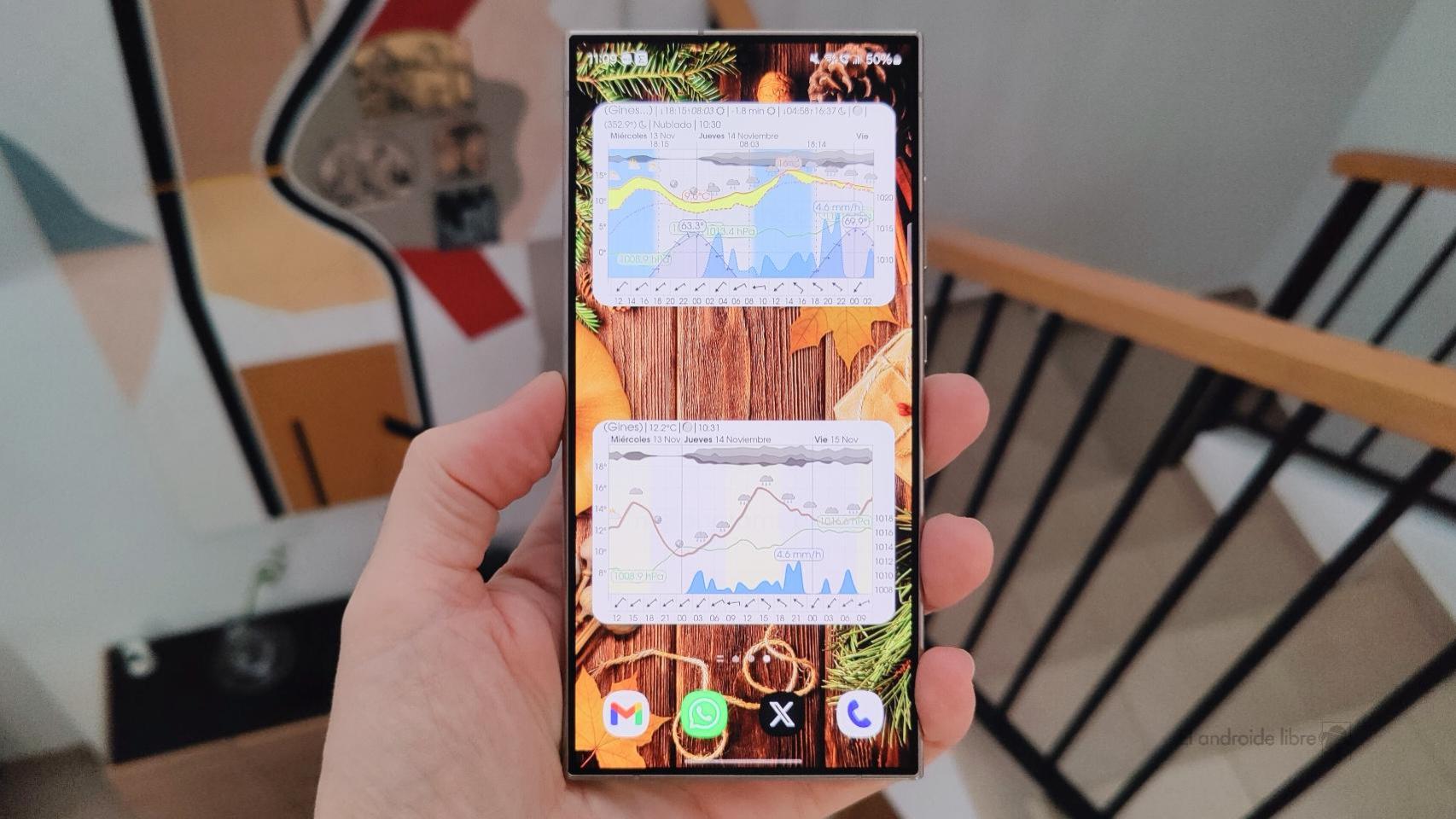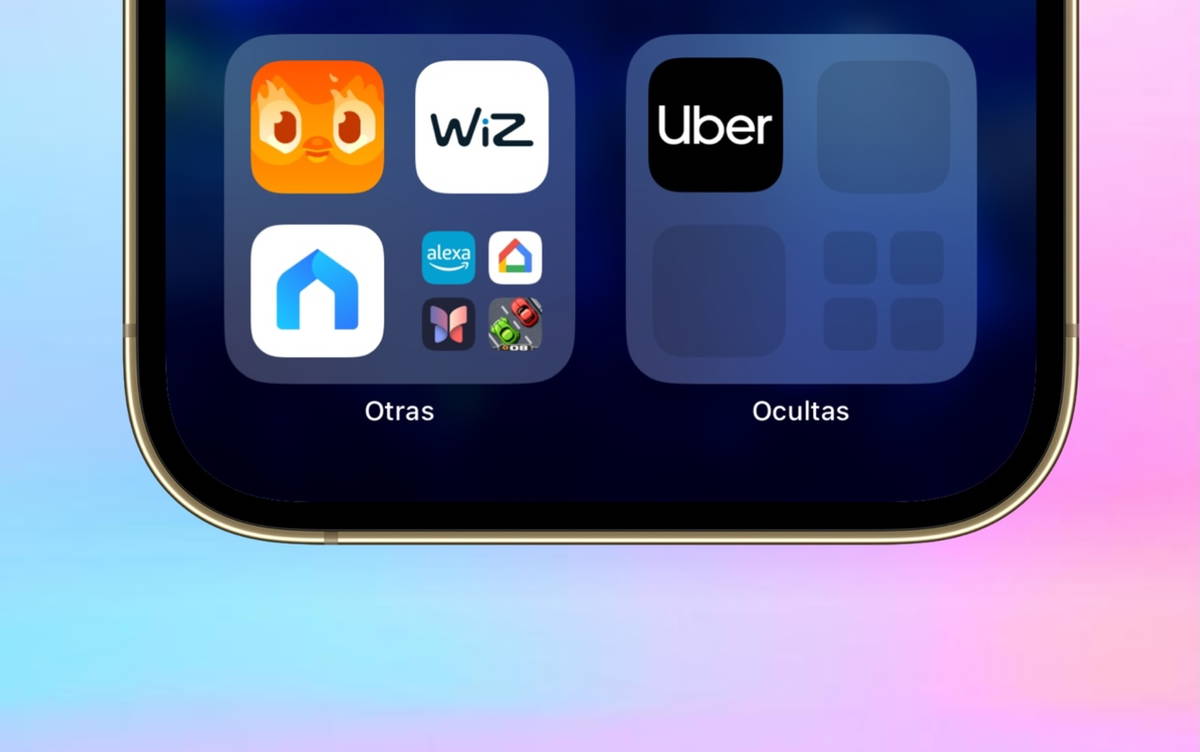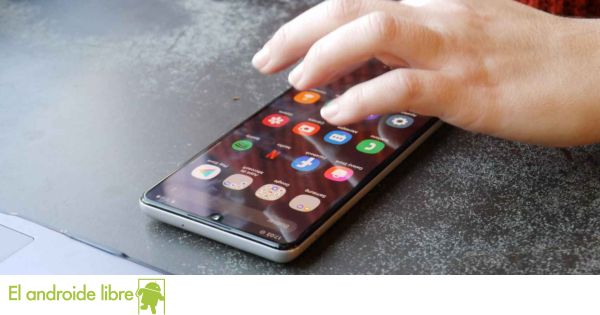The headphones we all know, whether open, closed, or in-ear, aren’t the only way to get sound to our ears. The bone conduction technology is also an interesting option in certain areas or for certain uses. A technology that seems to have caught the attention of Apple, according to a new patent.
Confidentiality in certain circumstances
The main attraction of the bone conduction sound transmission system is that no sound is emitted, so no one around us can hear the same thing as we do. What is emitted is a vibration directly in our cranial bones which only we can turn into sound and hear
The very title of the patent “Bone Conduction Transducers for Privacy” already makes it clear that Apple is interested in this technology for its ability to preserve confidentiality of the content we hear. Due to its external nature to the ear, there are two candidates, which we know of, to take advantage of this technology: the AirPods Max and the future Apple Glass. According to the patent, the headphones used could have different audio channels. One of them, said private, would use this bone conduction to be able to ensure that only we hear the content of a phone call for example.
If we transfer this technology to Apple Glass, we can imagine something like the same rods capable of transmitting the sound of the device. This is a very interesting approach as we move away from a possible virtual reality headset and we get closer to everyday glasses

It wouldn’t make much sense that “classic” glasses should be accompanied by headphones or emit notifications and conversations through speakers. Sound by bone conductivity allows you to keep your ears free and at the same time listen to the sounds that only we can hear.
Returning to the application in the headphones, Apple explains in the patent that the same system could decide which sounds to reproduce through the same headphones and which go through the private channel. Apparently we could even mark from which people or which notifications would be routed privately.
Going further, and always with the glasses in sight, the patent explains that the information of the device cameras could be used to determine which audio channel to use. So the glasses or headphones could know where we are or that we have a person speaking to us in front of us, to direct the audio to the system which ensures that only we will hear.
Patents like this, in addition to several interesting details about the possible evolution of hearing technology at Apple, show us that Apple continues to research and refine the components necessary to launch very interesting products. It is true that the patent does not speak of AirPods Max 2 or Apple Glass, but it puts all the pieces so that we can draw conclusions.









